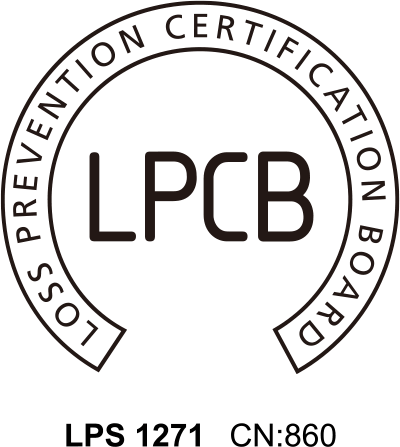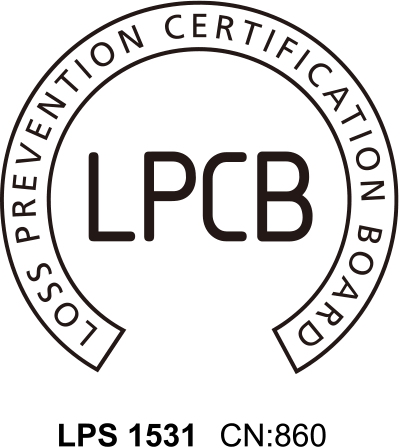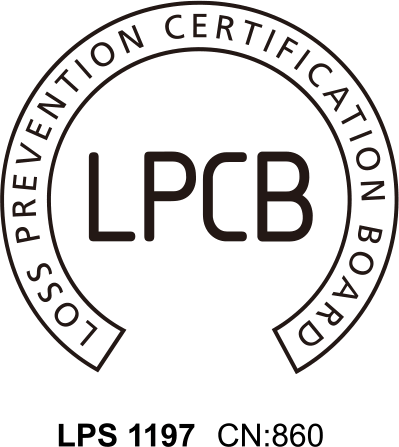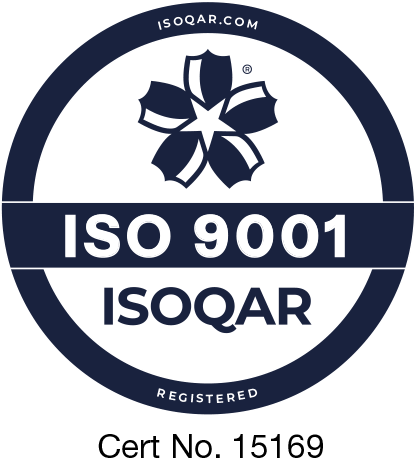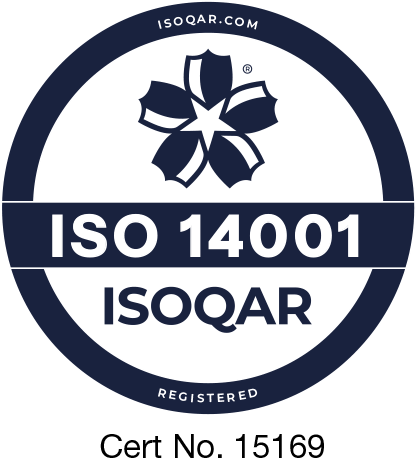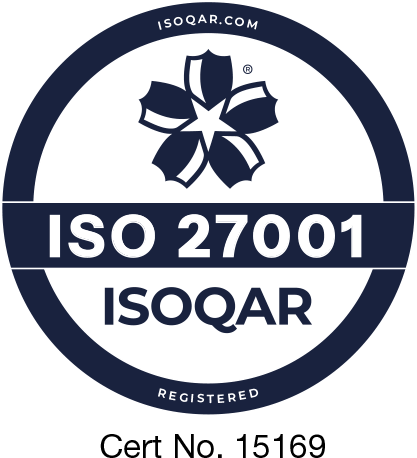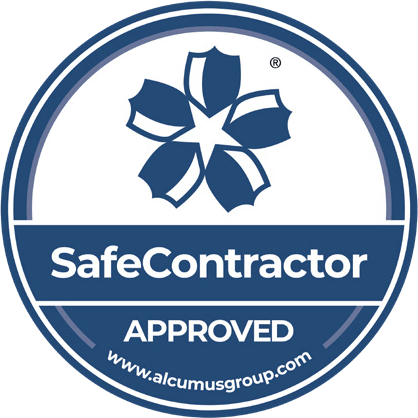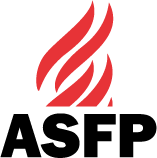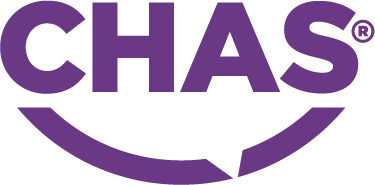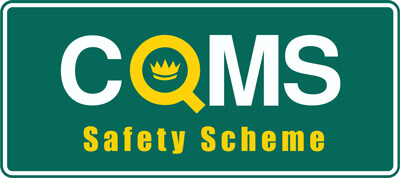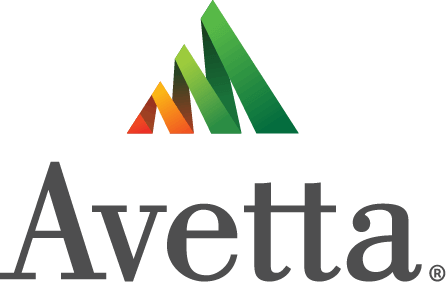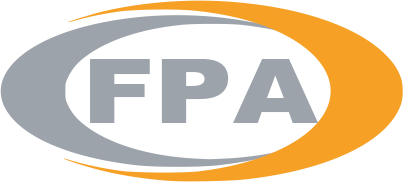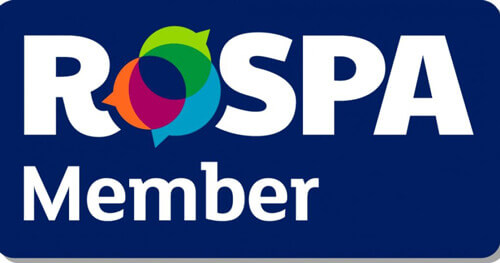Correctly specifying and installing fire resisting systems and fire protection construction products (also known as passive fire protection products) is fundamental to fire safety in buildings. Yet, so often quality has been neglected in favour of cost… But are you really saving money, and is that the only consideration here?
The fact that deferring passive fire costs will result in additional costs tomorrow often is not fully taken into consideration by senior management. In tough economic times, long-term cost-effectiveness takes a back seat to short-term budget balancing.
Passive fire protection systems and products generally form part of the fabric of a building and are vital to maintain means of escape and to contain the fire in the room of origin. They limit the spread of fire from one area to another, reducing loss and increasing the safety of building’s occupants and firefighters.
Therefore, it is important that these products are manufactured and installed to the same quality as originally tested. The LPCB third-party certification schemes for manufacturers and for installers provide assurance to specifiers and the approval authorities that the products and systems manufactured and installed will provide the fire protection required.
Now, when non-accredited personnel are employed to install passive fire measures and fill holes with foam to cut costs you save money, right? After all, anyone can pull out a mastic gun, squirt foam into that hole or joiner that door frame.
Related news articles

The Importance of Certification
Too often, rogue contractors are leaving homeowners and businesses with poor quality workmanship and service. When looking for fire stopping service providers, it is important to hire a qualified, experienced

Workplace Fires: The Importance of Staying Aware
Checkmate helps businesses and public sector organisations safeguard their customers and staff through the implementation of life-saving firestopping solutions.

Simplifying the Fire Safety Act
So, – what are your responsibilities? At Southwark crown court, Judge Jeffrey Pegden ordered Southwark council to pay a £270,000 fine plus £300,000 costs. London fire brigade (LFB) brought the.

Another Unnecessary Fire
Picture this; fire breaks out resulting in fire spreading throughout the building… Another unnecessary fire.
